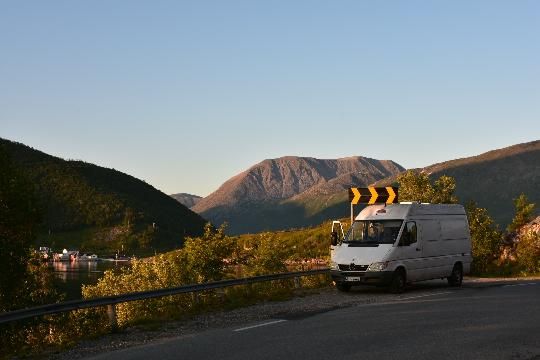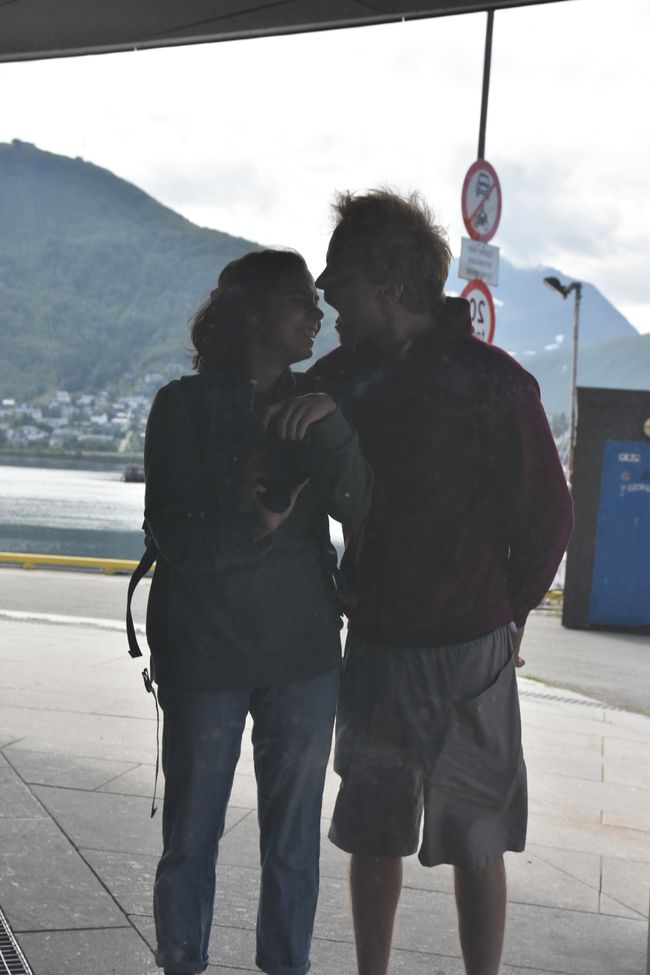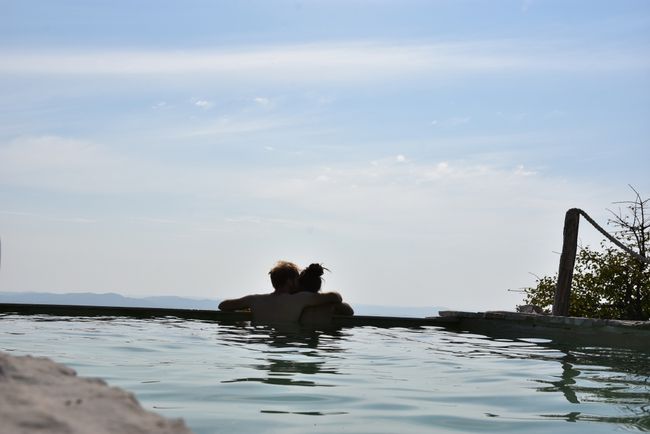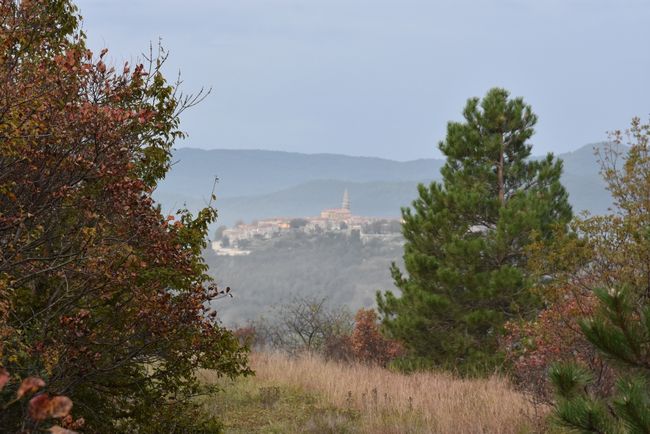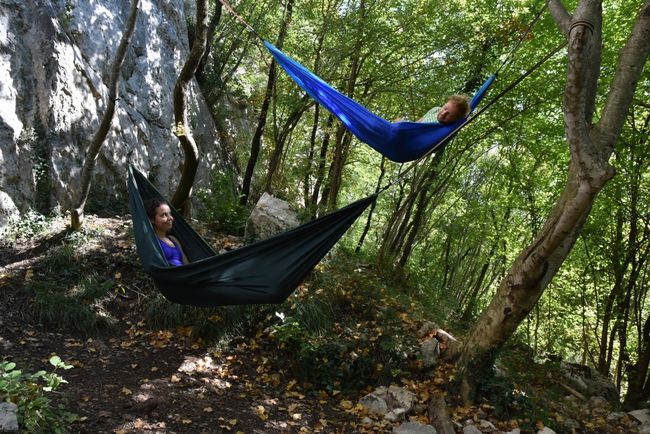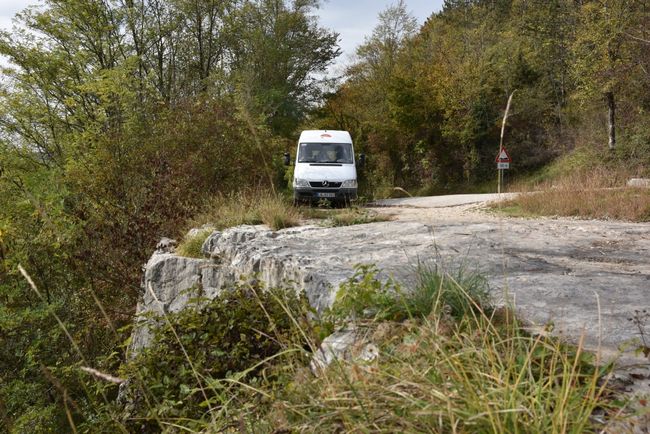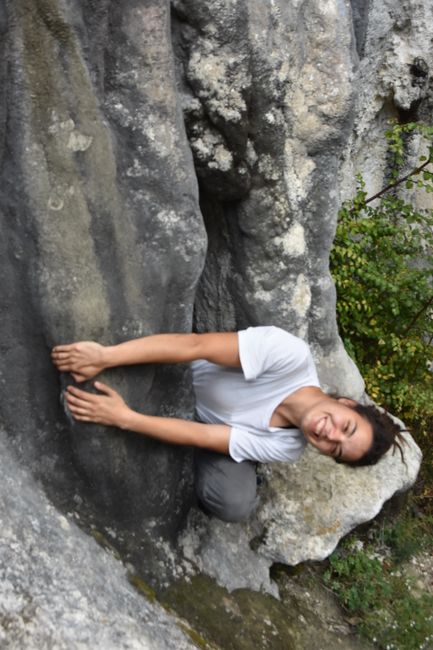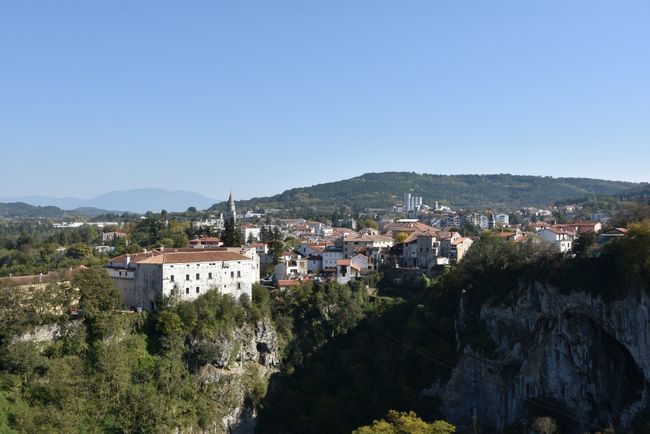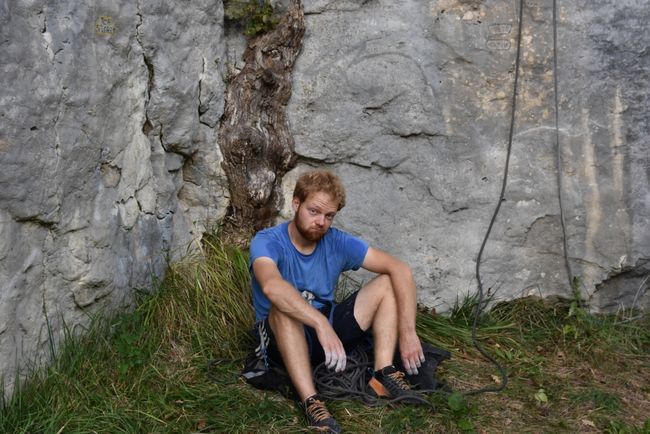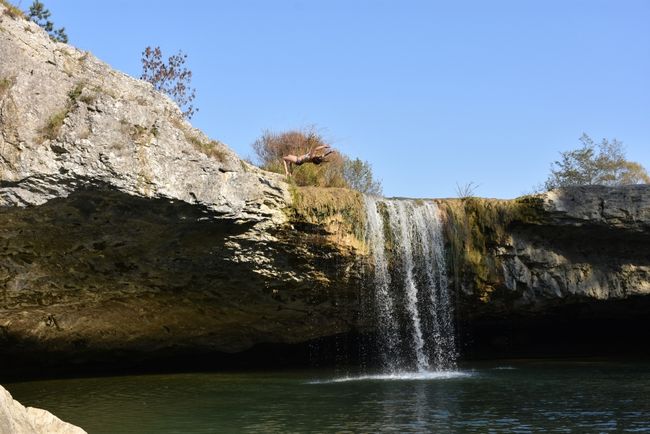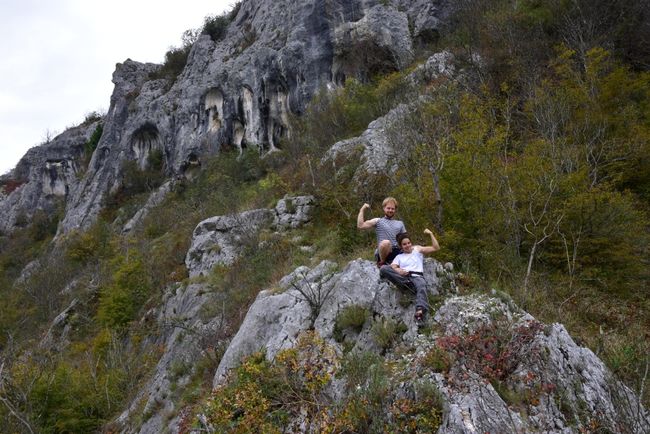Tag 30 - 37 - Watch out for snakes!
Gipatik: 23.10.2018
Mag-subscribe sa Newsletter
After three weeks in Slovenia, we headed to Croatia, specifically Istria, to climb extensively. Since our entry into Austria, we encountered the first border that was also occupied. After a short ID check, we were allowed to pass without any further complications. Quite surprised by the lack of turbulence, we asked the border officers if they needed anything else from us. The answer: yes, ice cream if you have any. Sorry, next time we'll bring some!
First, we went to the area Kompanj. Luckily, we were the only car there and could camp right next to the approach. We found a surprisingly large area with pleasantly long routes, mostly characterized by stalactites and slabs. As nice as each route here may have been, it was also challenging - an experience that would be confirmed in other areas as well. In addition, the wall faced south and offered hardly any shade, which turned even the supposedly easier routes into a sweat-inducing affair. We had to adjust our daily routine to escape the worst midday heat with an extensive siesta in the hammocks. The conditions here are certainly perfect in winter!

Lunch break.
In Kompanj, we also met David, Kai & Chris, who were also touring Croatia with their van for climbing. They provided us with rock recommendations, parking tips, and not least horror stories about the local venomous wildlife. After Chris vividly described snakes lurking in trees and jumping in the faces of intruders, the approach and descent seemed much more exciting and every branch appeared threatening.
The three guys also told us about the Raspadalica campsite and tempted us with stories of a large area, few other campers, cool owners, a campfire, and a pool with a view of the mountains. Well, they weren't exaggerating. They could have mentioned, though, that there are only cold showers.

The owners of the campsite, Nevio &
Ana, spend the whole summer chilling in their little cabin and are always up for a chat, which can easily last an hour or more. On that occasion, they also eased our fear of venomous animals and gave us a small guide to Istrian fauna. There are two venomous snake species here, the horned viper and the common European adder. However, both are very shy and will avoid you if you make yourself noticed through occasional loud noises (if you see two idiots tramping loudly through the forest, that would be us). Scorpions here are also rather harmless, and a sting is less painful than a wasp sting. The most dangerous is actually the black widow spider, which can be found in the grass, especially in the evenings, and its bite is supposed to be very, very painful. That reassured us a bit. However, we will probably refrain from tackling the approach in flip-flops for now.
Ana & Nevio also told us that climbing in Istria is seen as beneficial to tourism, and the state pays for the equipment for opening and repairing routes. This certainly explains why everything is so densely bolted here and why every anchor is equipped with a carabiner.
At the campsite, we treated ourselves to two days of relaxation in the sun and by the pool, while Gretchen did some tidying up. It may sound luxurious, but when you have been on the road for so long and have experienced so much like we are currently, you also need a "vacation" from the vacation.

Afterwards, we spent da day in the Kamena Vrata area near Buzet. The lines here were also beautiful but incredibly hard. We have now resigned ourselves to climbing a few grades easier for the time being. After all, even the supposedly "easy" routes offer very nice moves, and the rock, with its diverse structure of huge stalactites, small plates, and giant holes, was still attractive. Another plus: right next to the parking lot was a river where the permanent camper could wash up after a long day of climbing.

After observing them from a distance for days, we visited the castle in Buzet the next day. It turned out to be an old village inside walls on a mountain, offering a beautiful view of the valley. To make the rest day perfect, we visited the thermal baths that we had also been eyeing from a distance. Unfortunately, the baths from the 1970s had seen better days and, despite the lack of guests, created a real horror movie atmosphere. Complete with a room full of old, moldy inhalers and a praying mantis in the water. The fact that the allegedly healing water of the baths is slightly radioactive did not contribute to our well-being either.
The next day, we went climbing to the nearby Pazin. Unfortunately, we found that the base of the wall and a good number of routes were under water - with a waterfall, a river, and a turtle. As beautiful as the sight was, we opted for the winter climbing area Pazins, called Lido. Unfortunately, this was the first area on our trip that we really didn't like (ha, and you thought we like everything!). The routes were so short that without bolts, they could have passed as high bouldering problems, and they were so challenging that even the desire to climb could disappear.
Since it was still too warm to climb and we had accidentally discovered a nice bathing spot yesterday, we spent another day in Pazin. For the first time, it didn't bother us that we were traveling outside the main season. Both the Pazin cave and the cable car through the valley, which we wanted to visit, were closed.

We enjoyed our first week in Istria, even though (of course) not everything went exactly as we had imagined. It was too hot for climbing at our limit, and the routes were too hard - or we were too weak, who knows. Luckily, we are not in a rush and can adapt to the circumstances and take it easy from time to time.

By the way, despite some warnings, we haven't had any problems with wild camping in Croatia so far. With a little effort, we always found a suitable spot, and some of the most remote and beautiful ones were among them. Often, it is worth looking for old connecting roads between villages that now have a shorter and mostly paved alternative - hardly anyone ever passes by. But even without that, we never felt unwelcome. On the contrary, especially in the smaller villages, we were curiously watched and greeted with hand signals by people in their gardens and on tractors as we drove by.
We will spend the next few days in Istria before continuing south to Croatia and probably making a detour to Montenegro.
Until then, backflip on!
Mag-subscribe sa Newsletter
Tubag
